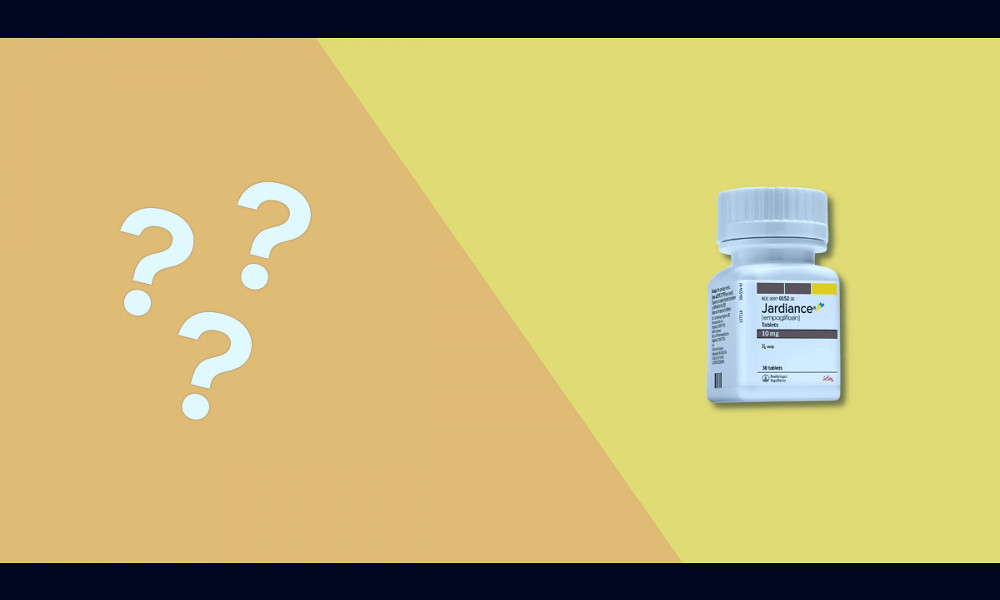
Exploring the Benefits and Risks of Combining Tradjenta and Jardiance for Diabetes Management
Tradjenta and Jardiance, when used in combination, provide a powerful dual-action solution for controlling high blood sugar levels in adults with type 2 diabetes. While Tradjenta stimulates the release of insulin after meals, Jardiance works by helping the kidneys remove glucose from the bloodstream. Together, they offer an effective way to manage this chronic condition.
Introduction to Tradjenta
Tradjenta is a prescription medication used to control high blood sugar in adults with type 2 diabetes. It belongs to a class of drugs known as dipeptidyl peptidase-4 (DPP-4) inhibitors. This medication works by increasing levels of incretins, hormones that control blood sugar by increasing insulin release, especially after a meal. Read more
Understanding Jardiance
Jardiance (empagliflozin) is another prescription medication used to manage type 2 diabetes. It falls under the category of sodium-glucose co-transporter 2 (SGLT2) inhibitors. This class of drugs works by preventing the kidneys from reabsorbing glucose back into the blood, thus promoting the excretion of excess glucose through urine. Read more
The Combination Approach
Combining Tradjenta and Jardiance can work effectively in controlling blood sugar levels in type 2 diabetes patients. The combination therapy takes advantage of the different mechanisms of action of the two drugs, providing a synergistic effect in managing blood glucose levels. Read more
Efficacy of the Combination
Clinical trials have demonstrated the effectiveness of the Tradjenta and Jardiance combination in reducing HbA1c levels in patients with type 2 diabetes. HbA1c is a marker used to measure average blood glucose levels over a period of two to three months. Read more

Safety Profile
Both Tradjenta and Jardiance have good safety profiles, with the most common side effects being upper respiratory tract infection and urinary tract infection. However, the combination may increase the risk of hypoglycemia (low blood sugar). Read more
Potential Risks and Complications
While the combination of Tradjenta and Jardiance can be effective, it may not be suitable for everyone. Patients with kidney disease, liver disease, or those who are pregnant or breastfeeding should consult their healthcare provider before starting this combination therapy. Read more
Patient Adherence
The combination of Tradjenta and Jardiance allows for a simplified treatment regimen, potentially leading to better patient adherence. Both medications can be taken once daily, with or without food, leading to convenience for the patient. Read more
Cost-Efficiency
Despite the potential benefits, the Tradjenta and Jardiance combination can be expensive. However, many health insurance plans cover these medications, and both manufacturers offer patient assistance programs. Read more

Future Perspectives
As research continues, the Tradjenta and Jardiance combination may show more benefits, including positive effects on cardiovascular and renal outcomes in type 2 diabetes patients. Read more
Conclusion
The combination of Tradjenta and Jardiance represents a novel approach in the management of type 2 diabetes, offering potential benefits in terms of efficacy, safety, patient adherence, and overall patient outcomes. However, the suitability of this combination should be evaluated on a patient-by-patient basis, taking into account potential risks and complications. Read more
Read more
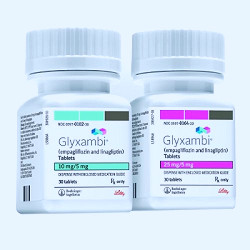 One Pill, One Co-pay: Combo Drug Glyxambi Now Available at Pharmacies Nationwide in the US
One Pill, One Co-pay: Combo Drug Glyxambi Now Available at Pharmacies Nationwide in the US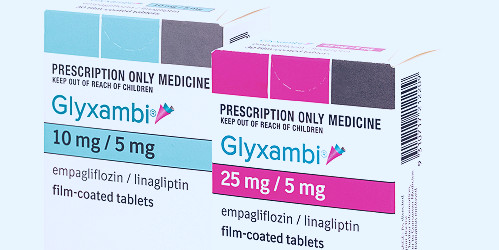 GLYXAMBI® on PBS SGLT2i + DPP4i combination containing JARDIANCE® and TRAJENTA® • The Medical Republic
GLYXAMBI® on PBS SGLT2i + DPP4i combination containing JARDIANCE® and TRAJENTA® • The Medical Republic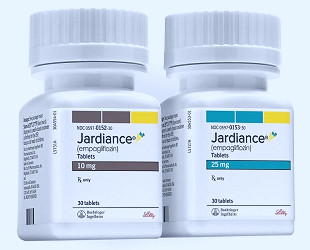 Fate of Lilly's Jardiance franchise rests on FDA's delayed heart-benefits indication | Fierce Pharma
Fate of Lilly's Jardiance franchise rests on FDA's delayed heart-benefits indication | Fierce Pharma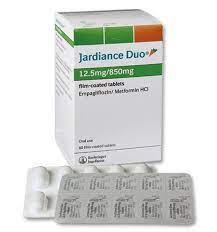 Jardiance Duo Full Prescribing Information, Dosage & Side Effects | MIMS Malaysia
Jardiance Duo Full Prescribing Information, Dosage & Side Effects | MIMS Malaysia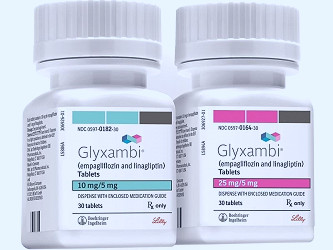 Boehringer and Lilly score FDA yes for Glyxambi - Pharmafile
Boehringer and Lilly score FDA yes for Glyxambi - Pharmafile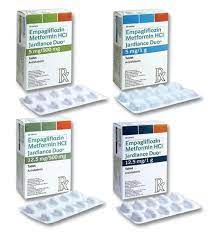 Jardiance Duo Full Prescribing Information, Dosage & Side Effects | MIMS Philippines
Jardiance Duo Full Prescribing Information, Dosage & Side Effects | MIMS Philippines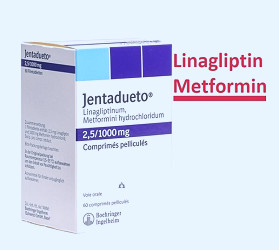 Linagliptin Metformin - Uses, Dose, Side effects, MOA, Brands
Linagliptin Metformin - Uses, Dose, Side effects, MOA, Brands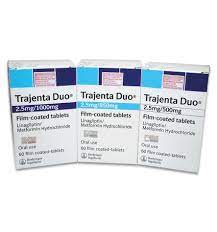 Trajenta Duo Full Prescribing Information, Dosage & Side Effects | MIMS Malaysia
Trajenta Duo Full Prescribing Information, Dosage & Side Effects | MIMS Malaysia US FDA approves only triple-combination tablet with Jardiance® for adults with type 2 diabetes
US FDA approves only triple-combination tablet with Jardiance® for adults with type 2 diabetes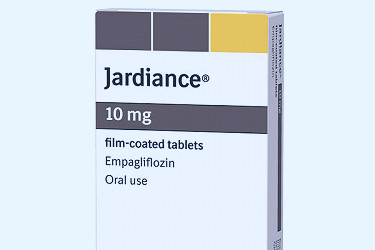 Jardiance (empagliflozin) for the Treatment of Type 2 Diabetes - Clinical Trials Arena
Jardiance (empagliflozin) for the Treatment of Type 2 Diabetes - Clinical Trials Arena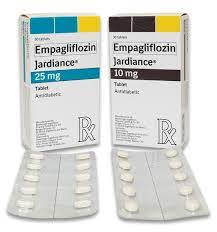 Jardiance Full Prescribing Information, Dosage & Side Effects | MIMS Philippines
Jardiance Full Prescribing Information, Dosage & Side Effects | MIMS Philippines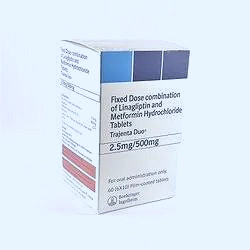 Tradjenta Duo 2.5 Mg / 1000 Mg Tablet, Boehringer Ingelheim, Prescription
Tradjenta Duo 2.5 Mg / 1000 Mg Tablet, Boehringer Ingelheim, Prescription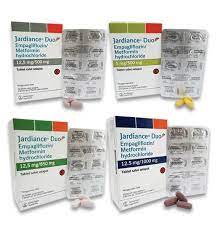 Jardiance Duo Full Prescribing Information, Dosage & Side Effects | MIMS Indonesia
Jardiance Duo Full Prescribing Information, Dosage & Side Effects | MIMS Indonesia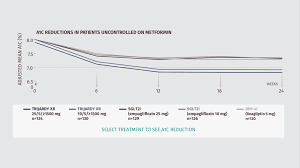 T2D Treatment Efficacy | Trial Data | Trijardy® XR Tablets
T2D Treatment Efficacy | Trial Data | Trijardy® XR Tablets FDA Approves Triple Combination Pill Trijardy for Type 2 Diabetes - Beyond Type 2
FDA Approves Triple Combination Pill Trijardy for Type 2 Diabetes - Beyond Type 2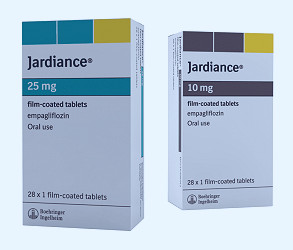 FDA Accepts sNDA for Jardiance in Children 10 to 17 with Diabetes
FDA Accepts sNDA for Jardiance in Children 10 to 17 with Diabetes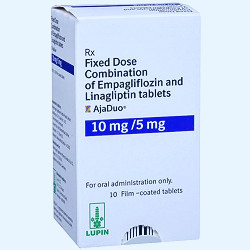 Empagliflozin And Linagliptin Ajaduo 25/5mg
Empagliflozin And Linagliptin Ajaduo 25/5mg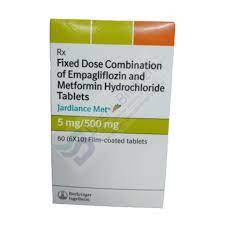 DOSHI BROTHERS
DOSHI BROTHERS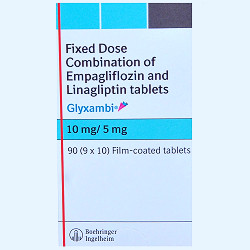 PositraRx: Your Local Online Pharmacy: GLYXAMBI 10/5 MG TABLET
PositraRx: Your Local Online Pharmacy: GLYXAMBI 10/5 MG TABLET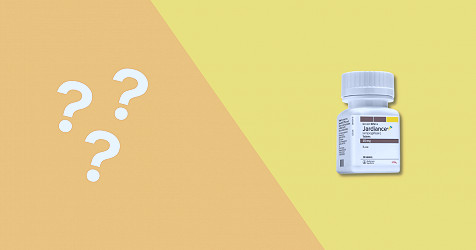 Jardiance alternatives: which other diabetes medication can I take? - NiceRx
Jardiance alternatives: which other diabetes medication can I take? - NiceRx 